Is your cat always on edge, hiding at the slightest sound or running from shadows you can’t even see? Living with a high-anxiety cat can be heartbreaking, confusing, and sometimes even a little funny. But what if you could be the calm in their storm, the one safe place they always return to? If you’ve ever wished your nervous kitty could finally relax, you’re not alone. So, let’s dive deep into the art of being a gentle anchor for your anxious feline friend—because every cat deserves a peaceful heart.
Recognizing the Signs of a High-Anxiety Cat

It’s not always easy to tell when your cat is anxious, especially if you’re new to feline body language. Some cats hide under beds or in closets, while others become clingy or even aggressive. Watch for trembling, excessive grooming, dilated pupils, or sudden bursts of energy that seem out of place. You might hear your cat vocalizing more or less than usual, or notice a change in their appetite. These subtle cues are your cat’s way of asking for help. Once you know what to look for, it becomes easier to spot anxiety before it spirals.
Understanding the Roots of Feline Anxiety
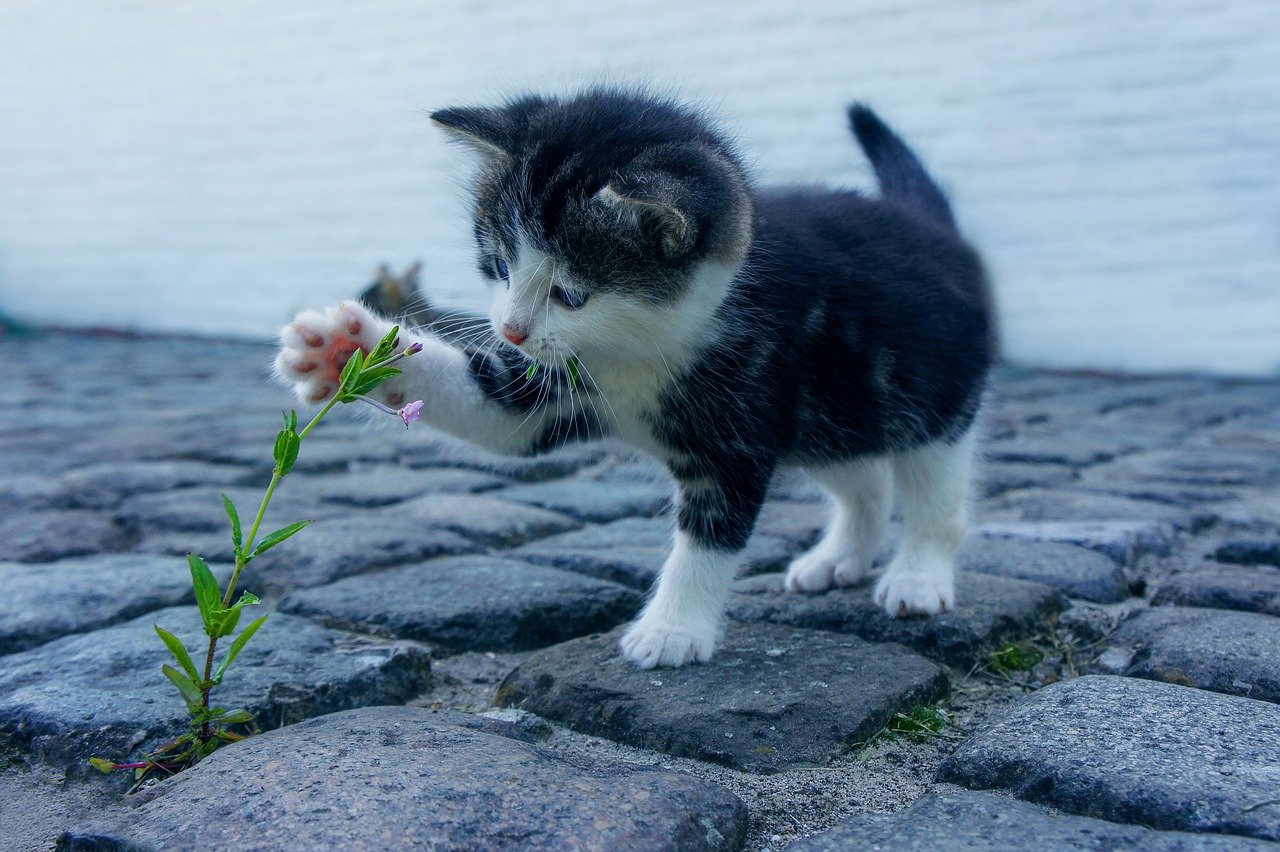
Cats can become anxious for many reasons—past trauma, sudden changes, or even genetics. A move to a new home, the arrival of a baby, or loud noises from outside can all become triggers. Sometimes, there’s no obvious cause, and your cat just seems wired to worry. Understanding that anxiety isn’t your cat’s fault is the first step in helping them. Empathy goes a long way when your furry friend is struggling. When you look at the world from their perspective, it’s easier to respond with patience and care.
Creating Safe Spaces in Your Home
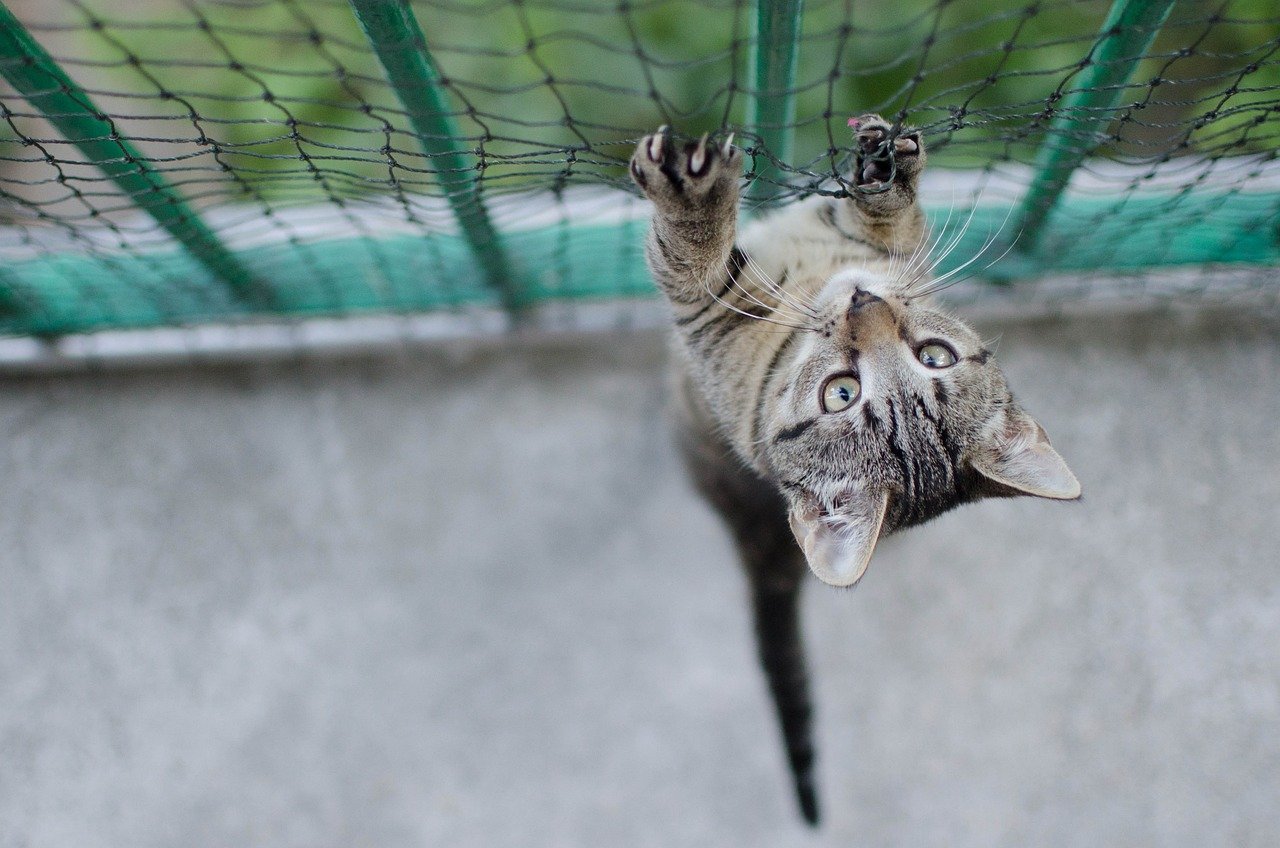
All cats need places where they feel safe, but anxious cats absolutely depend on them. Think of these spaces as cozy hideaways—a cardboard box with a soft blanket, a spot high up on a shelf, or even a quiet corner behind the couch. Make sure these areas are easy to access and free from sudden noises or busy foot traffic. A safe space is like a security blanket that lets your cat recharge. Over time, you’ll notice your cat seeking out these spots when they’re overwhelmed. That’s a sign they trust their environment, and you.
Establishing Consistent Routines

Routine is everything for anxious cats. Feeding them at the same times each day, keeping play sessions regular, and even maintaining a predictable bedtime can work wonders. Cats crave predictability, and each little routine is a signal that their world is safe and stable. Sudden changes, like moving furniture or changing your schedule, can throw them off balance. When life gets unpredictable, try to keep your cat’s routine as steady as possible. Your calm consistency is like a lighthouse in their stormy sea.
Gentle Handling and Respectful Touch
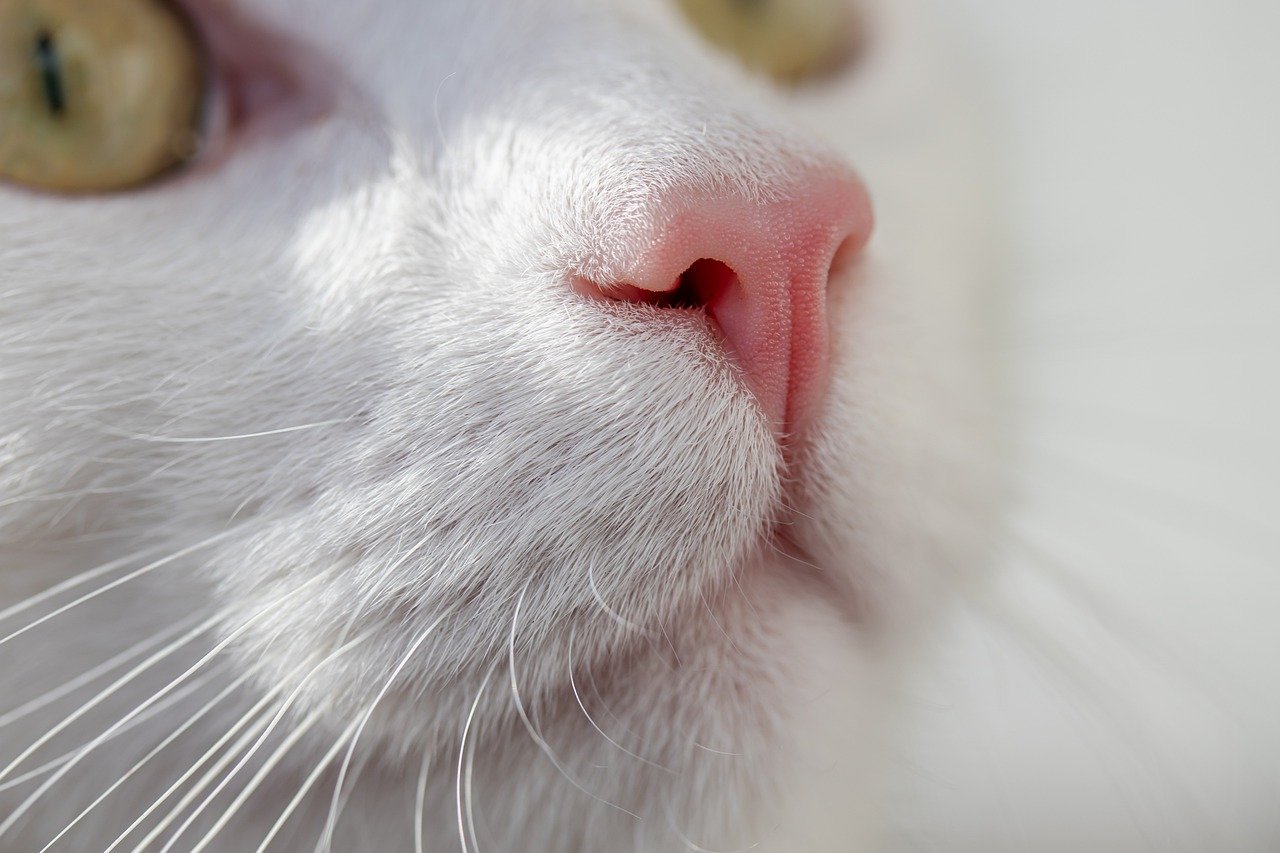
Some anxious cats love to be held, while others just can’t handle it. Always let your cat set the pace for physical affection. Offer your hand for a sniff before petting, and avoid sudden movements. Sometimes, just sitting quietly nearby is enough to show you care. Imagine being a gentle breeze rather than a thunderstorm—soft, soothing, and never overwhelming. Over time, your cat will learn that your touch is something to look forward to, not fear. This builds trust one gentle moment at a time.
Using Calming Scents and Sounds

A cat’s world is full of smells and sounds we barely notice. Calming pheromone diffusers, like those that mimic a mother cat’s scent, can help create a peaceful environment. Soft music or white noise can block out startling sounds from outside. Some people even swear by lavender or chamomile sachets placed far from your cat’s reach. Every little sensory cue matters. When your home smells and sounds safe, your cat’s anxiety can start to melt away, bit by bit.
Providing Mental Enrichment and Play
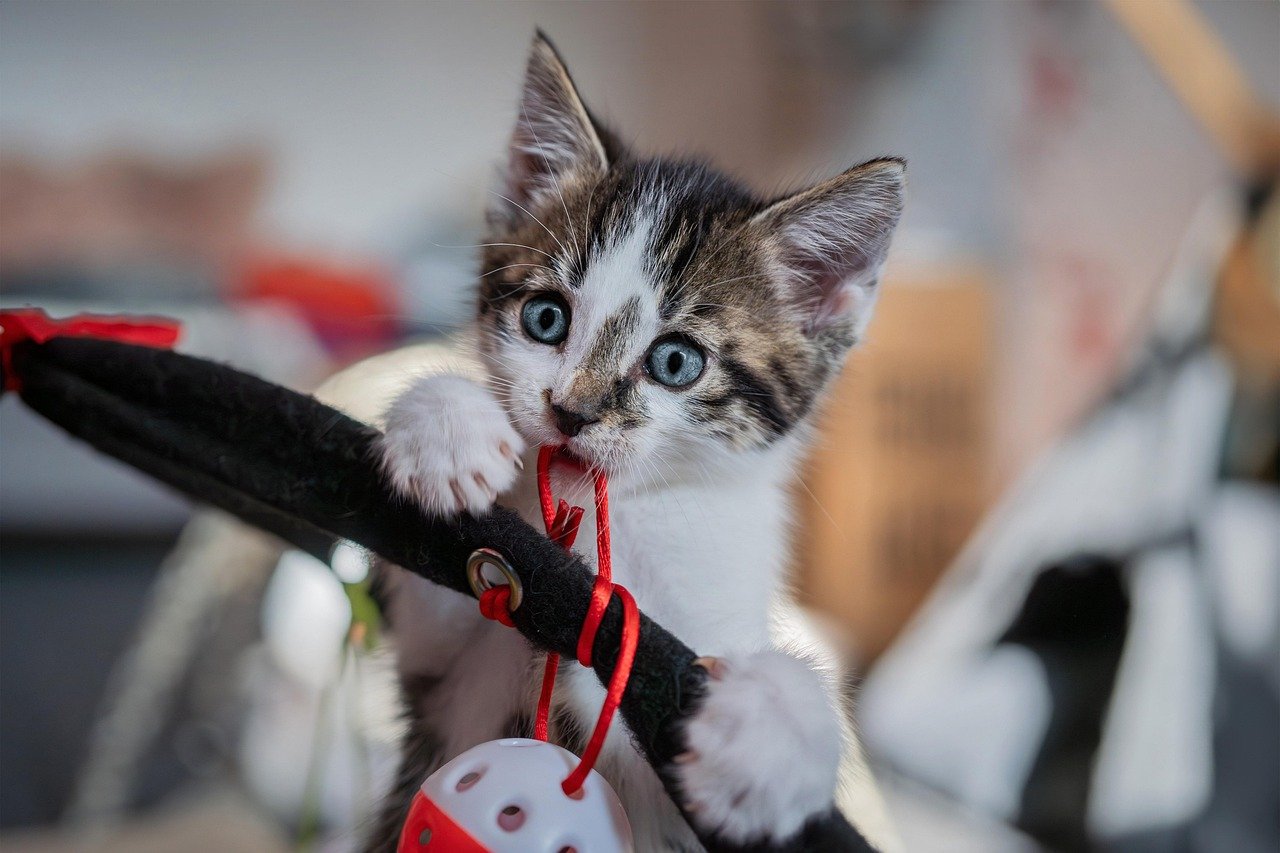
Boredom can make anxiety worse, so keep your cat’s mind busy with new toys, puzzle feeders, and interactive games. Try wand toys, treat balls, or even a window perch for bird-watching. Play is more than just fun—it’s a vital way for cats to release stress and build confidence. If your cat is too nervous to play at first, start slow. Even gentle “chase the string” sessions can help. Over time, you’ll see a spark of curiosity return to their eyes.
Responding Calmly to Fearful Episodes

When your cat suddenly bolts or freezes, your reaction matters more than you might think. Don’t chase or scold—simply remain calm and offer a soothing voice. Give your cat space to recover, and don’t force them out of hiding. Think of yourself as a steady anchor, not a gust of wind. After the fear passes, reward them with gentle attention or a favorite treat. Over time, your cat will learn that scary moments always end with love and safety.
Minimizing Environmental Stressors

Everyday noises, new visitors, or even a change in litter can send an anxious cat into a tailspin. Try to identify and reduce triggers in your home. Close windows during thunderstorms, use soft lighting, or keep the vacuum cleaner away from your cat’s favorite spot. Even small adjustments can make a big difference. Remember, your cat’s environment shapes their mood just as much as yours does. The more peaceful your home, the calmer your cat will feel.
Introducing Changes Slowly

If you need to introduce something new—a piece of furniture, a new pet, or a different type of food—go slow. Let your cat explore at their own pace, and always pair new experiences with something positive, like treats or gentle praise. Rushing can make anxiety worse, so patience is key. Think of every change as a stone in a pond—let the ripples settle before moving on. Your cat will appreciate your gentle approach.
Recognizing When to Seek Professional Help
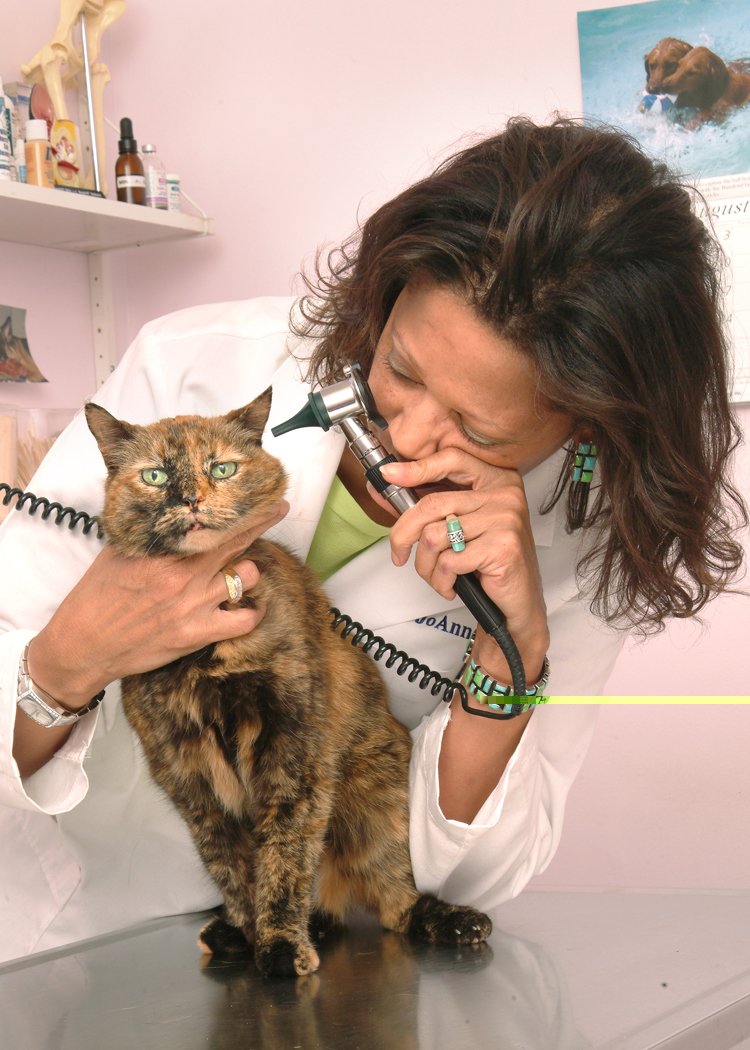
Sometimes, despite your best efforts, your cat’s anxiety just won’t budge. If you notice self-harm, aggression, or changes in eating and bathroom habits, it’s time to call a veterinarian or feline behaviorist. These professionals can rule out medical issues and create a personalized plan to help your cat. There’s no shame in asking for help—sometimes, it takes a team to calm a storm. Your cat’s well-being is always worth the extra effort.
Building Trust Through Positive Reinforcement

Rewarding calm behavior with treats, praise, or play helps your cat feel safe and confident. Never punish or yell—that only teaches fear. Use a soft voice, slow blinks, and gentle petting to reinforce positive moments. Over time, your cat will associate you with comfort and safety. Think of it like watering a garden—the more you nurture, the more trust will grow. Every little success is a step toward a calmer, happier cat.
The Power of Patience and Time
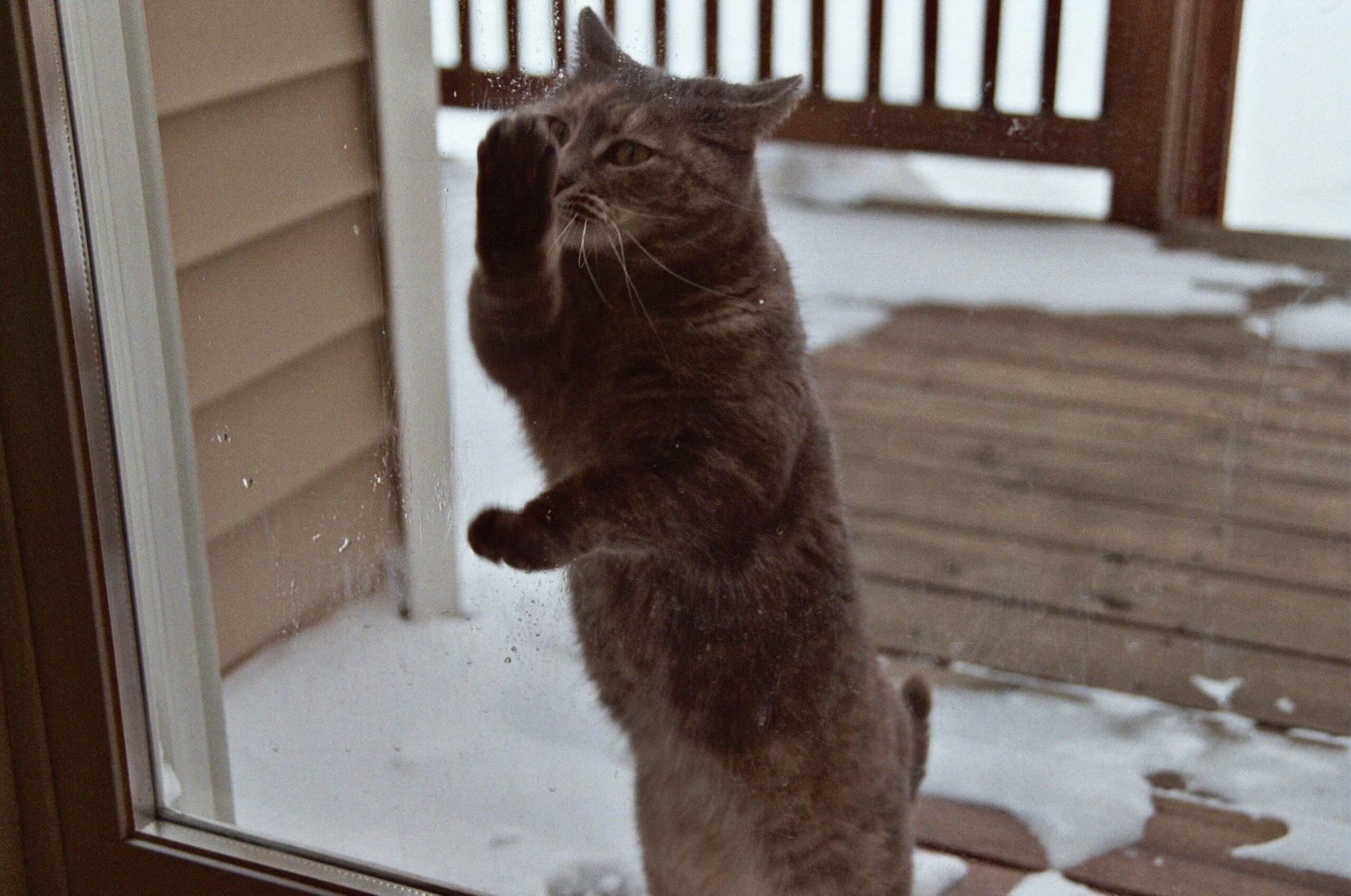
Helping an anxious cat isn’t a quick fix. Progress comes in small steps: a little more eye contact, a few extra minutes out in the open, a tentative purr. Celebrate every milestone, no matter how small. Patience is your secret superpower. Remember, healing is rarely a straight line—there will be good days and setbacks. Just being there, day after day, shows your cat they can always count on you.
Communicating Through Body Language

Cats speak volumes with their bodies—ears back, tail low, eyes wide. Learn to read these signals so you can respond appropriately. If your cat looks tense, back off and give them space. If they’re relaxed, reward them with gentle affection. Communication is a two-way street, and you’ll get better at it with practice. Over time, you’ll develop your own secret language with your cat—a bond deeper than words.
Encouraging Self-Soothing Behaviors

Cats often soothe themselves by kneading, grooming, or curling up in tight spaces. Encourage these behaviors by providing soft blankets, scratching posts, and cozy beds. If your cat starts to self-soothe during stressful times, let them—don’t interrupt. Think of it as their version of a deep breath or a comforting hug. Supporting these habits helps your cat manage anxiety on their own terms.
Feeding for Calmness and Health
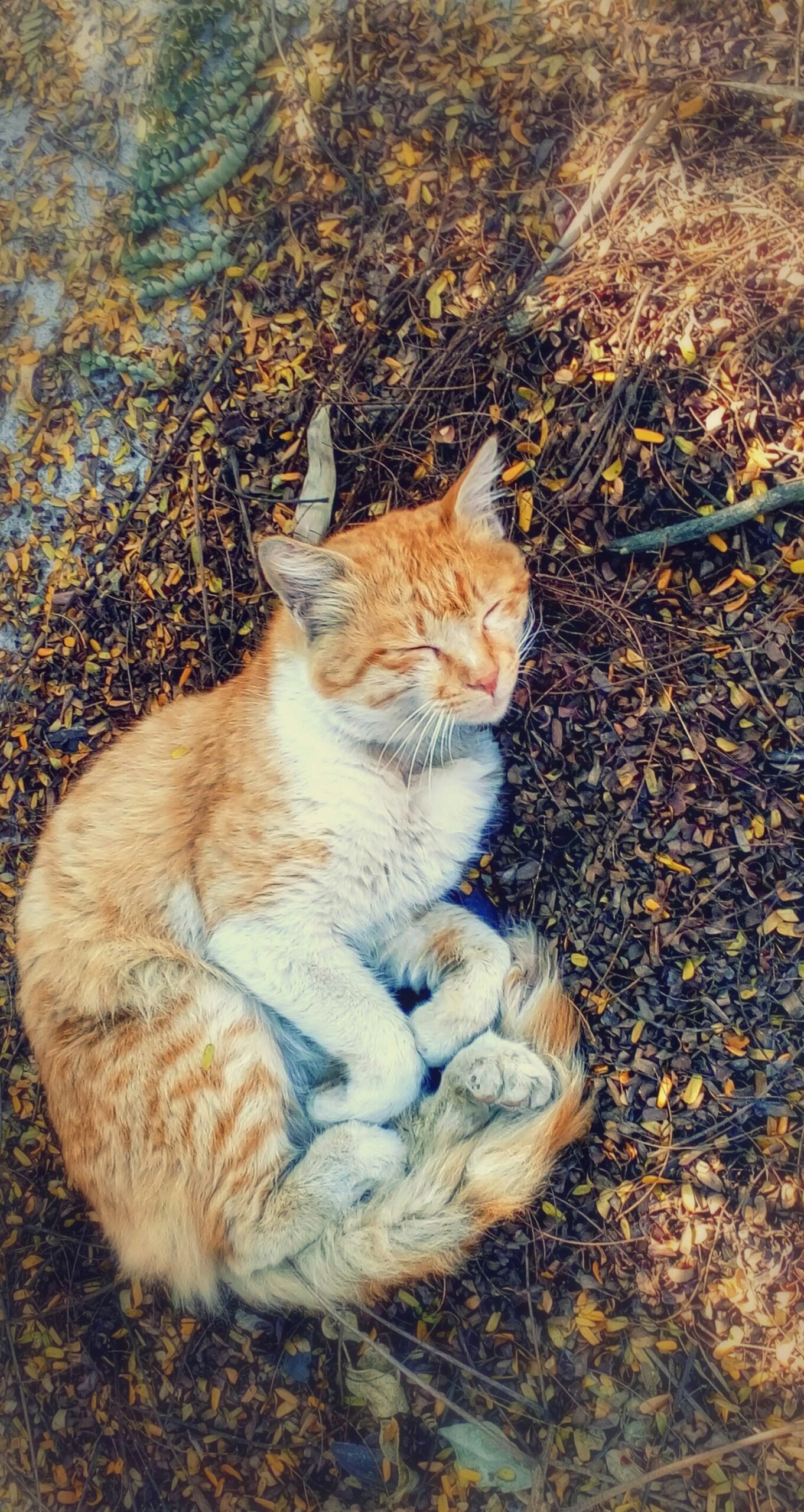
What your cat eats can affect their mood. Some diets are specially formulated to reduce anxiety, with added nutrients like tryptophan or omega-3 fatty acids. Avoid sudden changes in food, as this can upset both their stomach and their routine. Offer meals in a quiet place, away from loud noises or other pets. A healthy, balanced diet supports overall well-being and resilience. Sometimes, a peaceful meal is all it takes to make your cat feel safe.
Limiting Negative Experiences

Try to avoid situations that repeatedly trigger your cat’s anxiety. If visitors always send your cat into hiding, create a sanctuary room where they can retreat. Avoid forced interactions with other pets or stressful carriers unless absolutely necessary. Every negative experience can set back your progress, so do your best to create a world that feels safe. Like bubble wrap for your cat’s soul, a little protection goes a long way.
Building Confidence With Small Challenges

Gently encourage your cat to try new things, starting with tiny, manageable steps. Maybe it’s exploring a new room, sniffing a new toy, or watching from a window. Celebrate these victories with treats and praise. Confidence is like a muscle—the more your cat uses it, the stronger it gets. Don’t rush the process, and always let your cat set the pace. Every new triumph makes the world a little less scary.
Balancing Alone Time and Togetherness
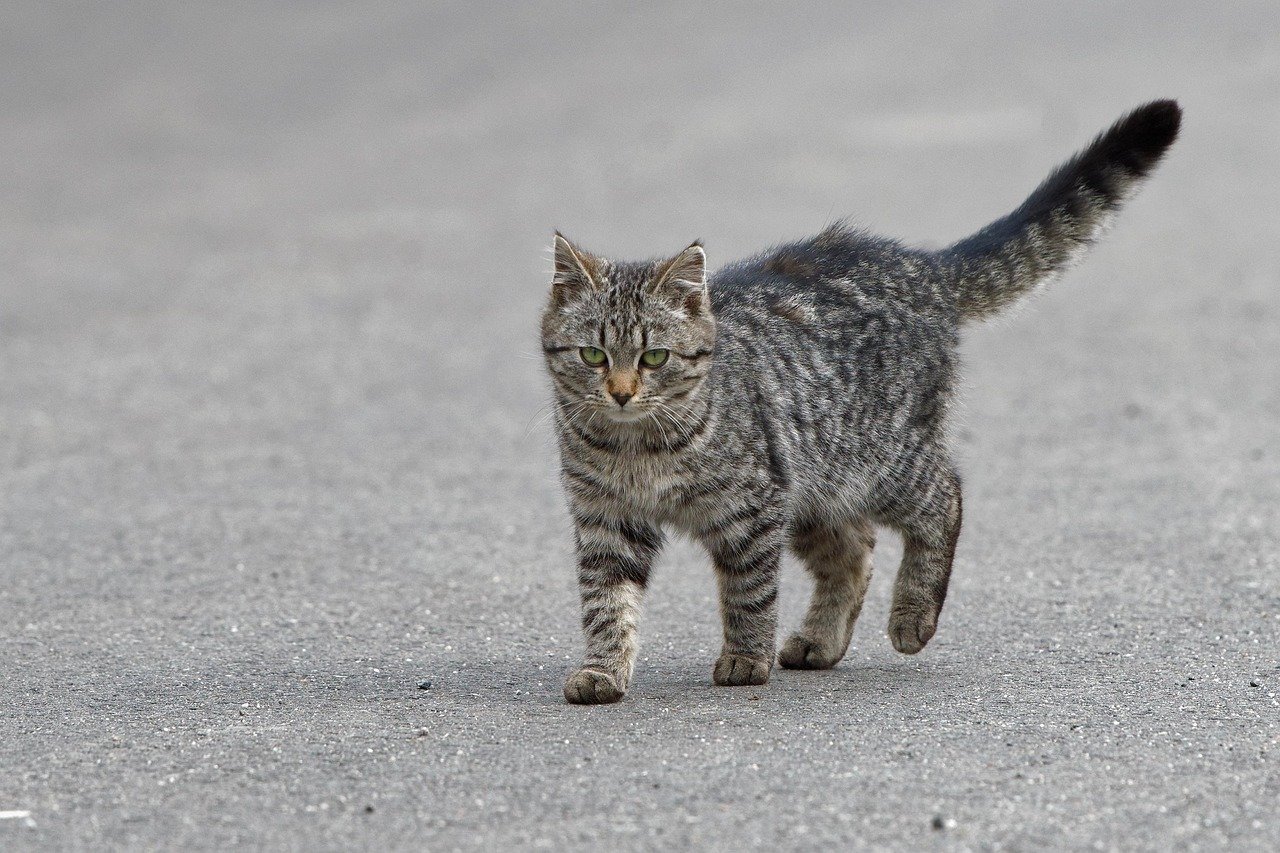
Anxious cats often need more alone time than others. Respect their boundaries, but also make time for gentle bonding activities. Sit quietly nearby, read a book, or talk softly. Let your cat come to you when they’re ready. This balance of space and togetherness helps your cat feel secure. Sometimes, the best comfort is just knowing you’re there, quietly cheering them on.
Supporting Your Own Well-Being

Caring for an anxious cat can be emotionally draining. Make sure you take time for yourself—rest, connect with friends, or enjoy a favorite hobby. A calm, happy human makes for a calmer, happier cat. Share your journey with fellow cat lovers who understand the ups and downs. Remember, you’re doing something wonderful, even if it doesn’t always feel that way. Your patience and love make a world of difference.
Cherishing the Unique Bond You Share

There’s something incredibly special about earning the trust of a high-anxiety cat. Every slow blink, every gentle purr, every small step forward is a hard-won victory. The bond you build will be unlike any other—a quiet, steadfast love that grows stronger with every challenge you face together. So, treasure these moments. They may be hard-won, but they’re worth every effort. Who knew that the gentlest anchor could change a cat’s whole world?
Hi, I’m Bola, a passionate writer and creative strategist with a knack for crafting compelling content that educates, inspires, and connects. Over the years, I’ve honed my skills across various writing fields, including content creation, copywriting, online course development, and video scriptwriting.
When I’m not at my desk, you’ll find me exploring new ideas, reading books, or brainstorming creative ways to solve challenges. I believe that words have the power to transform, and I’m here to help you leverage that power for success.
Thanks for stopping by, Keep coming to this website to checkout new articles form me. You’d always love it!





